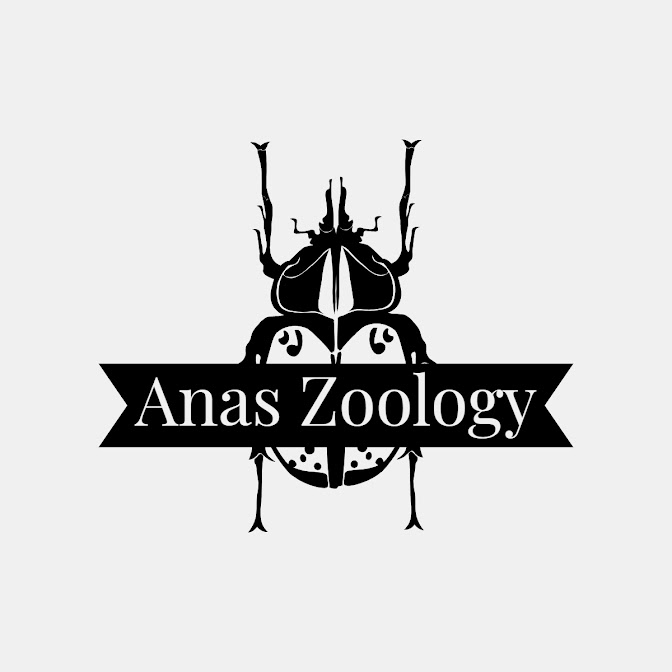Fluid Mosaic Model of Cell Membrane/Plasma Membrane
- It is the most accepted model of Plasma Membrane/Cell Membrane. It was proposed by Singer and Nicolson in the year 1972.
- Phospholipids form bilayer in the centre. their unsaturated fatty acids forms the tail and glycerol forms the head, which prevents the close packing of the molecules.
- Phospholipids show two types of movements: Transition and Flip-Flop movement.
- Transition: Molecules change their position in the same layer.
- Flip-Flop: Molecules interchange between two layers.
- There are two types of proteins in cell membrane/plasma membrane
- Extrinsic/Peripheral proteins - Form 30% of the total membrane protein, superficial, easily removed, some are covered by glycolipids/glycoproteins. They provide structural and functional specificity to the membrane. eg. ATPase, spectrin, acetycholinesterase etc.
- Intrinsic/Integral Proteins - Form 70% of the total membrane proteins, embedded in lipid bilayer, can be extracted by rupturing membrane, held in position by polar and nonpolar side of phospholipid and are amphipathic. eg. cytochrome oxidase, rhodopsin etc.
- Some of the intrinsic proteins run throughout the lipid bilayer called tunnel protein/transmembrane protein. These acts as charged channels for the passage of water soluble materials along the concentration gradient.
Related Articles:
- Biomembranes - https://anaszoology.blogspot.com/2022/08/biomembranes.html
- Lamellar Model of Plasma Membrane - https://anaszoology.blogspot.com/2022/08/lamellar-model-of-plasma-membrane.html




Comments
Post a Comment